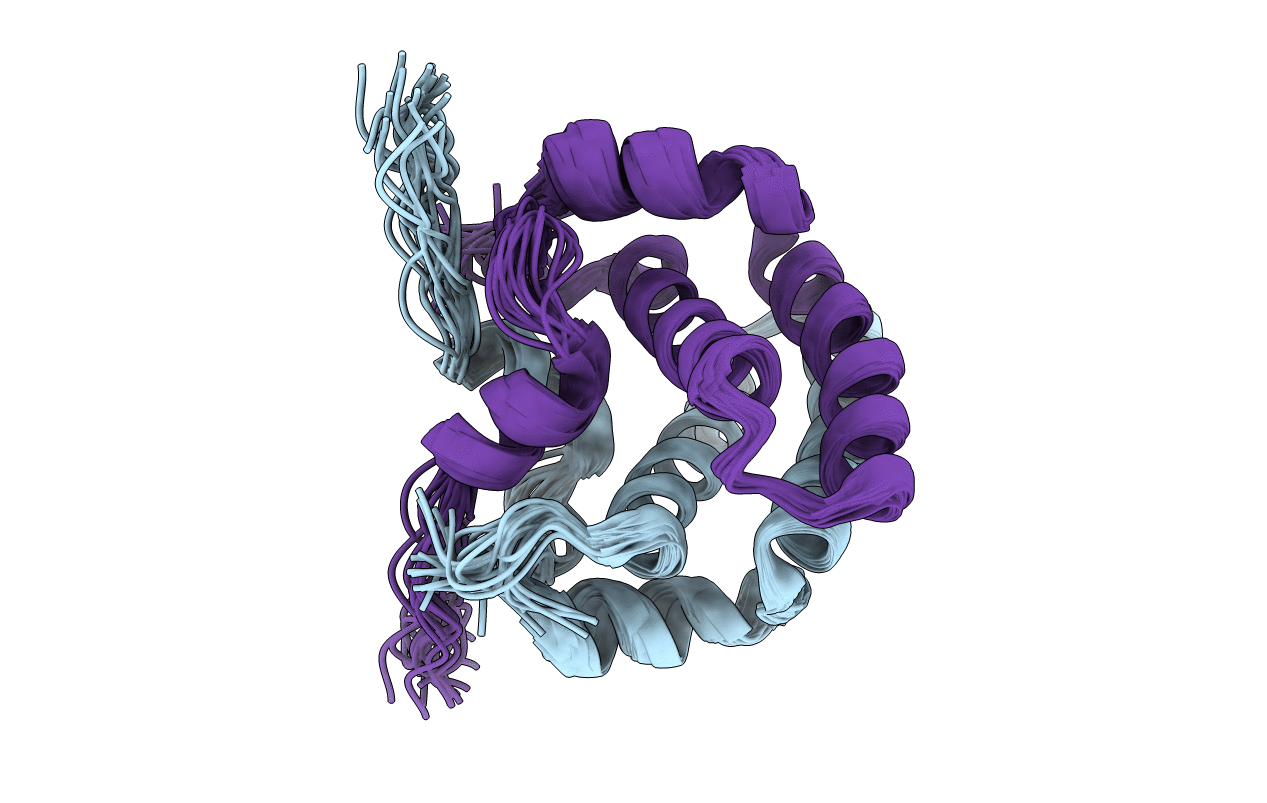
Deposition Date
2012-05-03
Release Date
2013-01-16
Last Version Date
2024-06-19
Entry Detail
PDB ID:
4ASV
Keywords:
Title:
Solution structure of the N-terminal dimerisation domain of Sgt2
Biological Source:
Source Organism:
SACCHAROMYCES CEREVISIAE (Taxon ID: 4932)
Host Organism:
Method Details:
Experimental Method:
Conformers Calculated:
100
Conformers Submitted:
20
Selection Criteria:
LOWEST ENERGY


